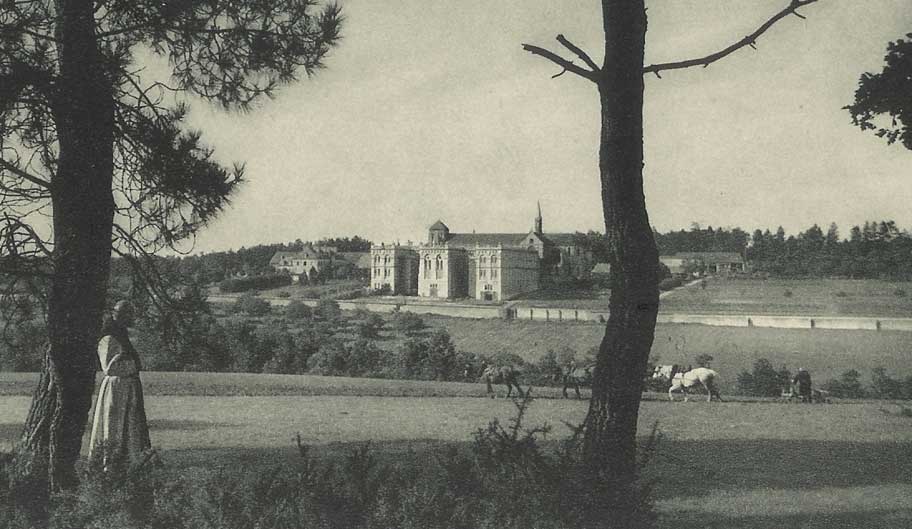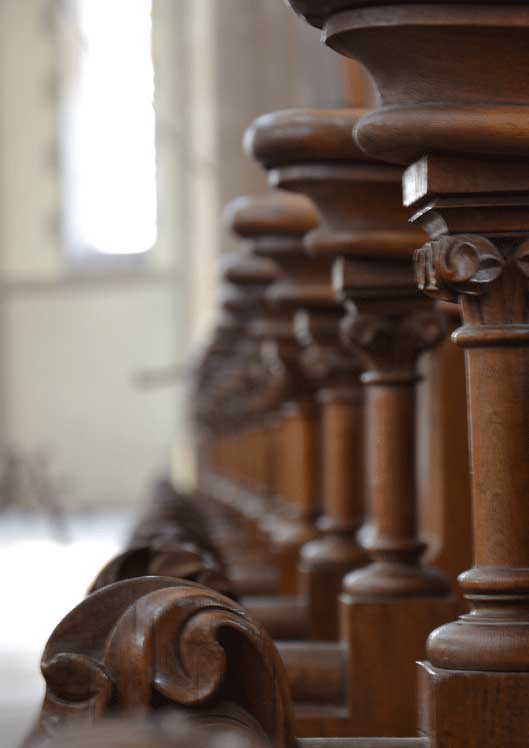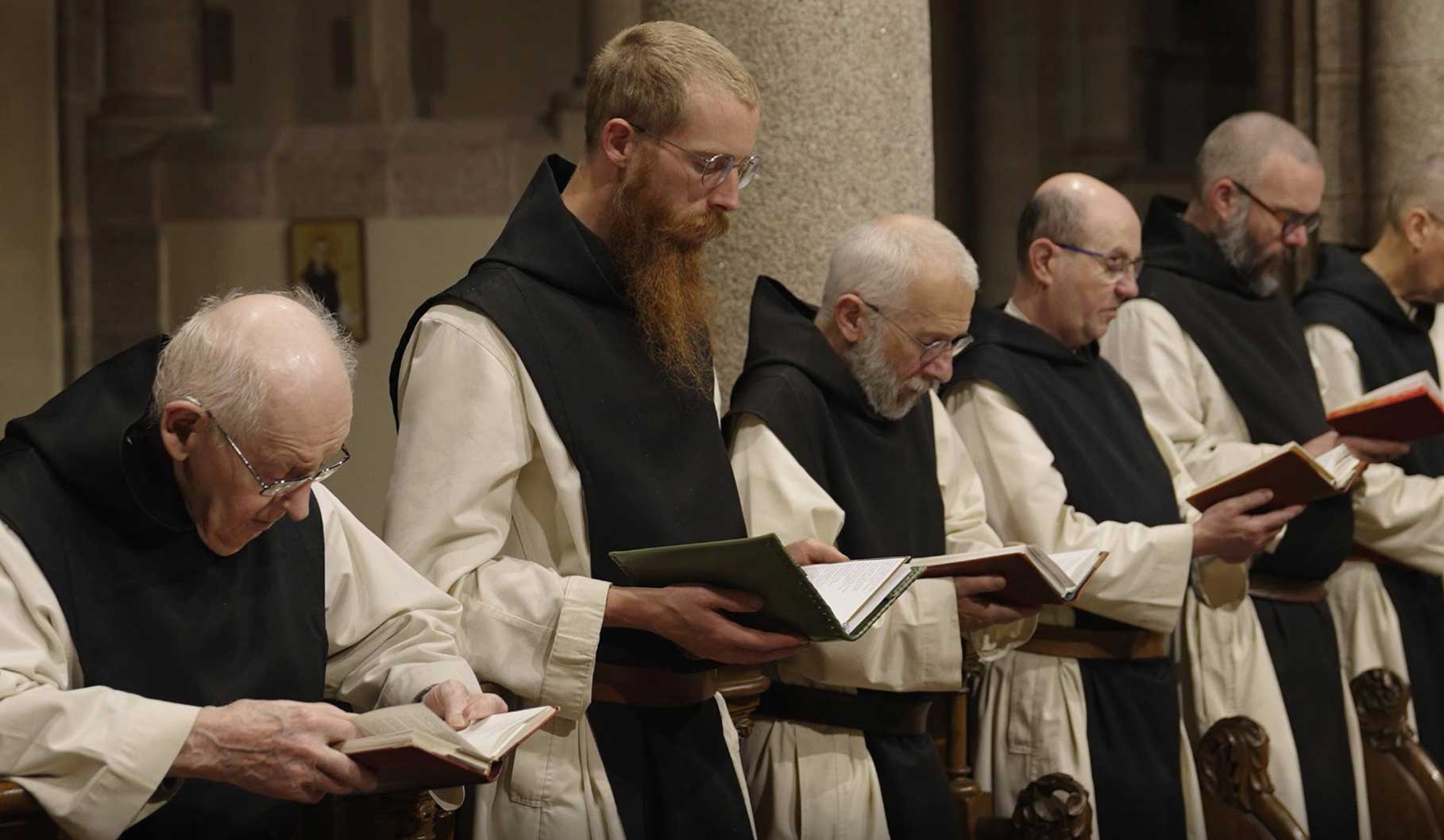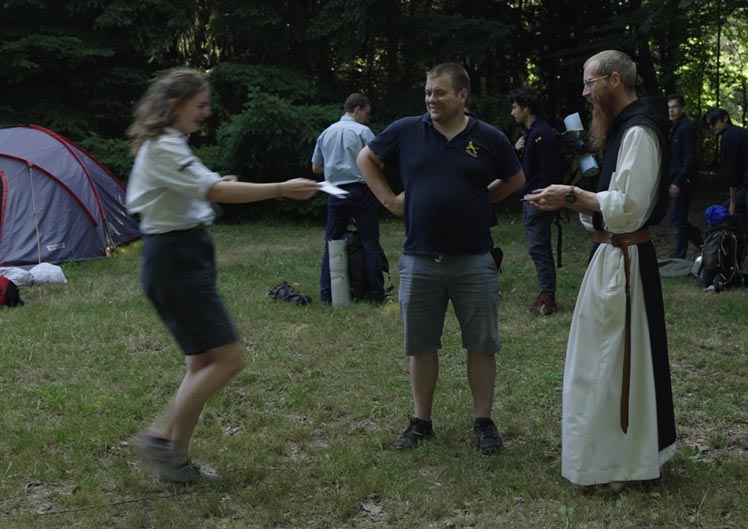Cistercian Trappists
"And so we are going to establish a school for the service of the Lord"
The Rule of Saint Benedict, The Prologue.
Cistercian Trappists
He is a man, a man indeed and not a being apart, fallen from another planet. He is even – do we have to insist ? - an ordinary man, sane in body and mind, a man of today who can be familiar with the Internet and happy to share the life of the world. He is a Christian and like every other Christian is called to holiness. He is a child of the Church who attempts to increase the riches conferred on him by his baptism, thus answering his calling as a child of God.
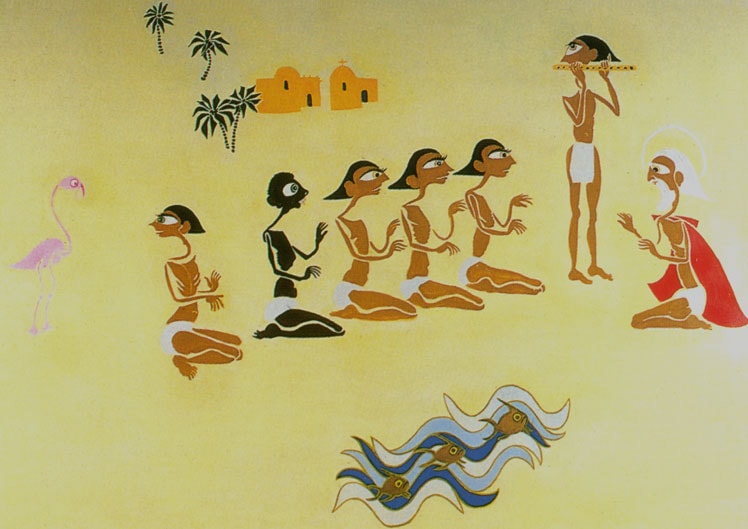
He is a monk, that means a Christian who has simply decided to take the advice of the Gospel seriously following a particular path. Answering the call of Christ and moved by the Holy Spirit, out of his own free will, he has chosen solitude to "live for God alone" embracing a life dedicated to prayer, meditation and work under God’s gaze.
He is a cenobite and not a hermit. Unlike Carthusian monks for instance who live in greater solitude, cenobites (Saint Pachomius) serve under an Abbot who takes the place of Christ in the community. These communities are for our contemporary world the signs of the Realm to come. He is a Benedictine monk, which means he refers to Saint Benedict (VIth century), the great legislator, the Patriarch of Western Monks. Benedictines follow his Rule and keep his spirit in a life governed by the rhythm of prayer and work day by day. And yet, if we may say so, he is not only a Benedictine but also a Cistercian. We could almost say he is a Cistercian to be more of a Benedictine.
Indeed in 1098, in order to return to a stricter observance of the Rule of Saint Benedict, 21 Benedictine monks left Molesmes Abbey under the leadership of Saint Robert and reached the desert of Cîteaux to found a new monastery. Very quickly, it distinguished itself by its austerity and its simplicity.
Saint Robert was succeeded by Saint Albéric then Saint Stephen, of English nationality. These are the three founders of Cîteaux.Therefore, Saint Bernard is not, as it is sometimes believed, the founder of the Cistercian Order : he entered the "New Monastery" only 14 years after it was founded. He was not even the abbot of Cîteaux but the founder and abbot of Clairvaux. We owe to him the spectacular development of the Cistercian Order in the XIIth century throughout Europe. And why a "Trappist" ?
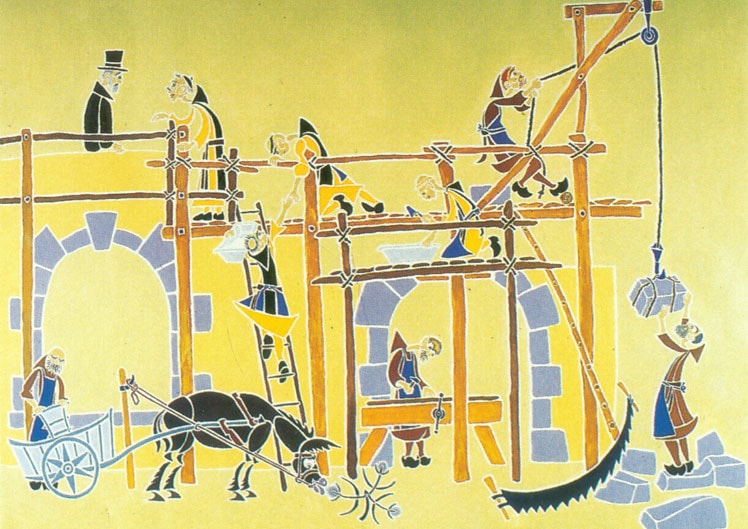
This name indicates that the Cistercian belongs to the Order of the Strict Observance, born at La Trappe Abbey (in the current "département" of Orne) when the famous Abbé de Rancé started a reform movement in the XVIIth century. It was a thorough and somewhat harsh change indeed but also a providential one which allowed the Cistercian ship to sail across the sleepy waters of the XVIIIth century and to get through the hardships of the Revolution and the Empire thanks to the energy of Dom de Lestranges, one more son of La Trappe.
And it just so happens that Timadeuc was founded by La Trappe Abbey in 1841.


